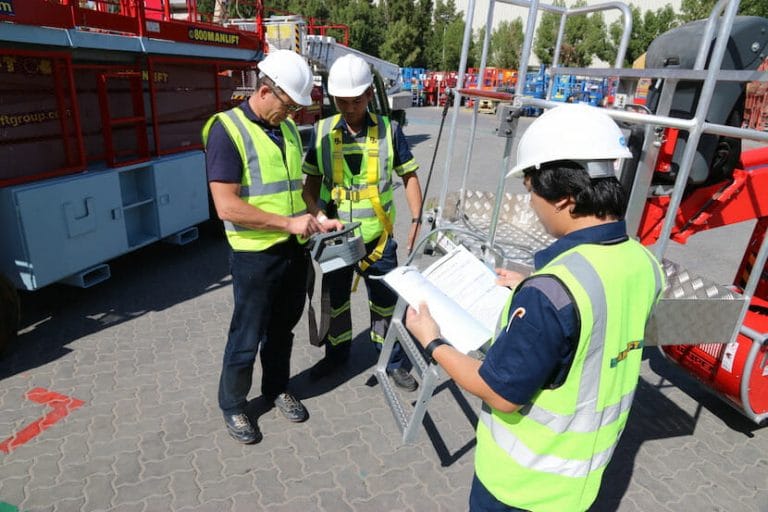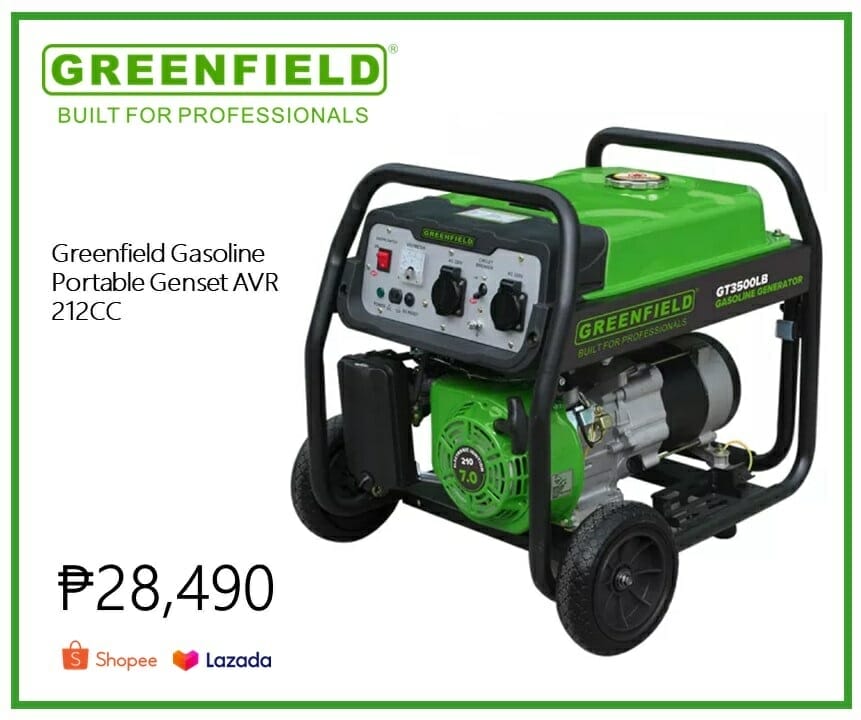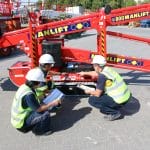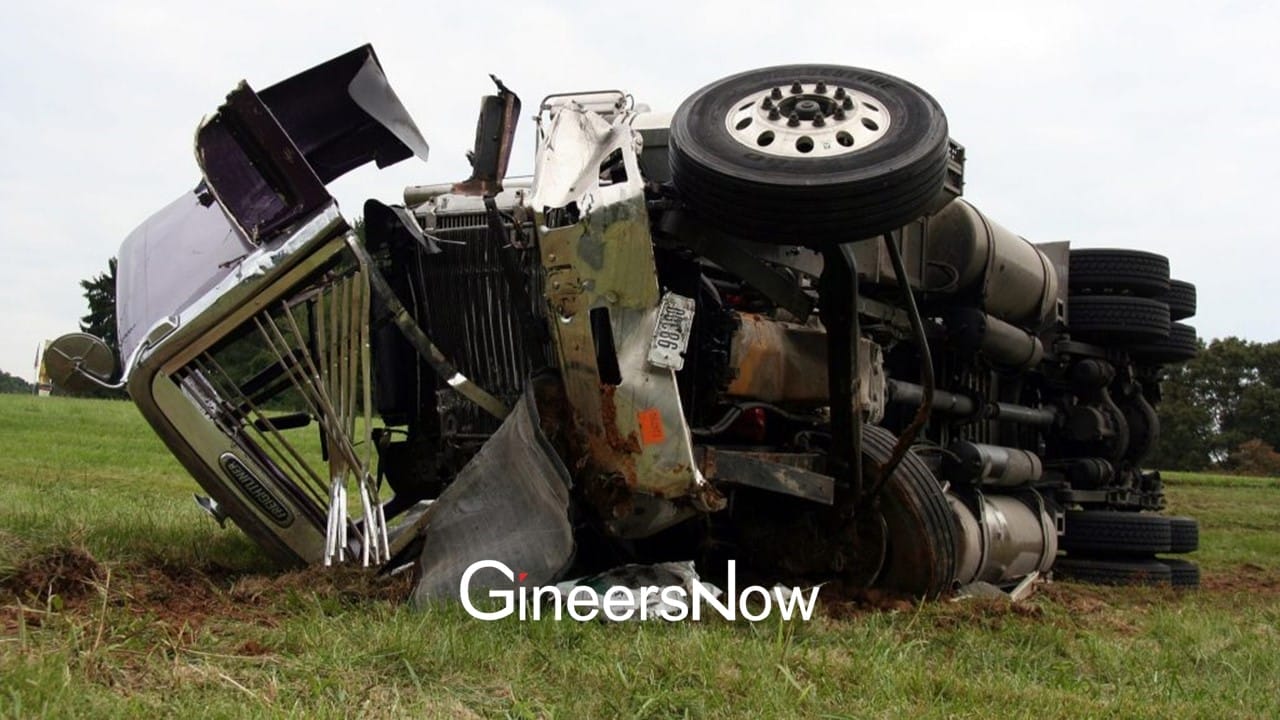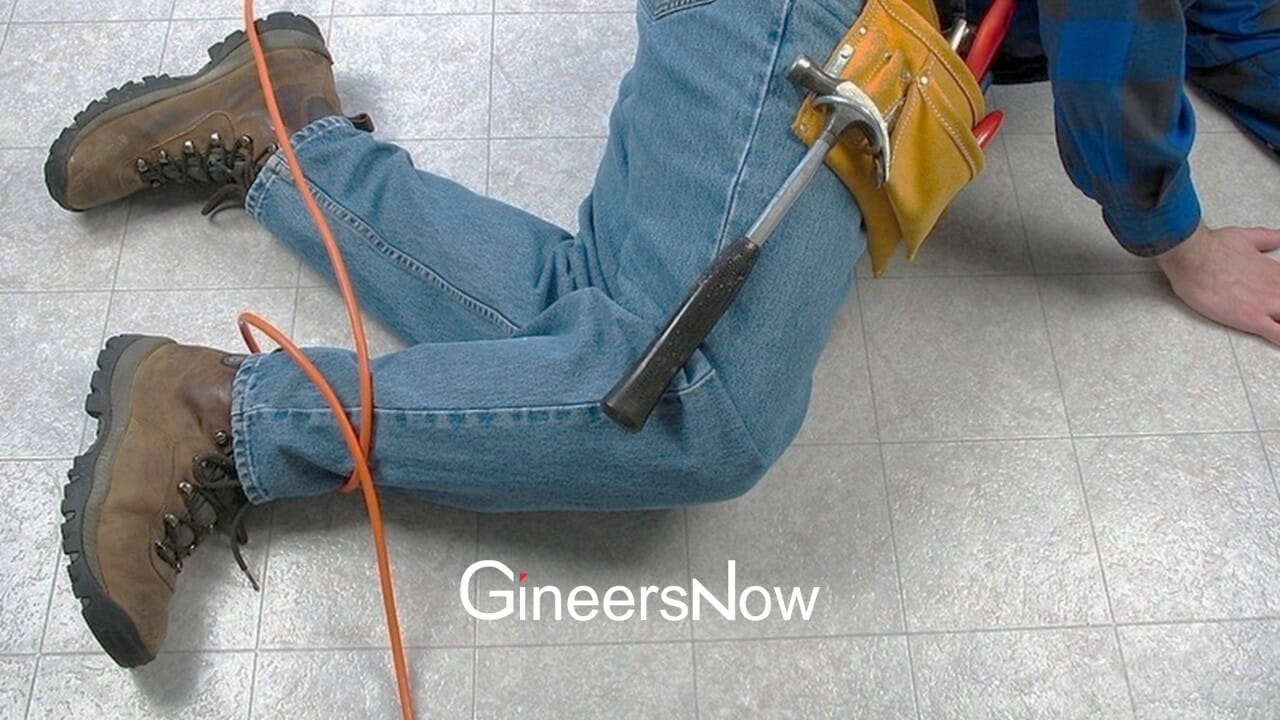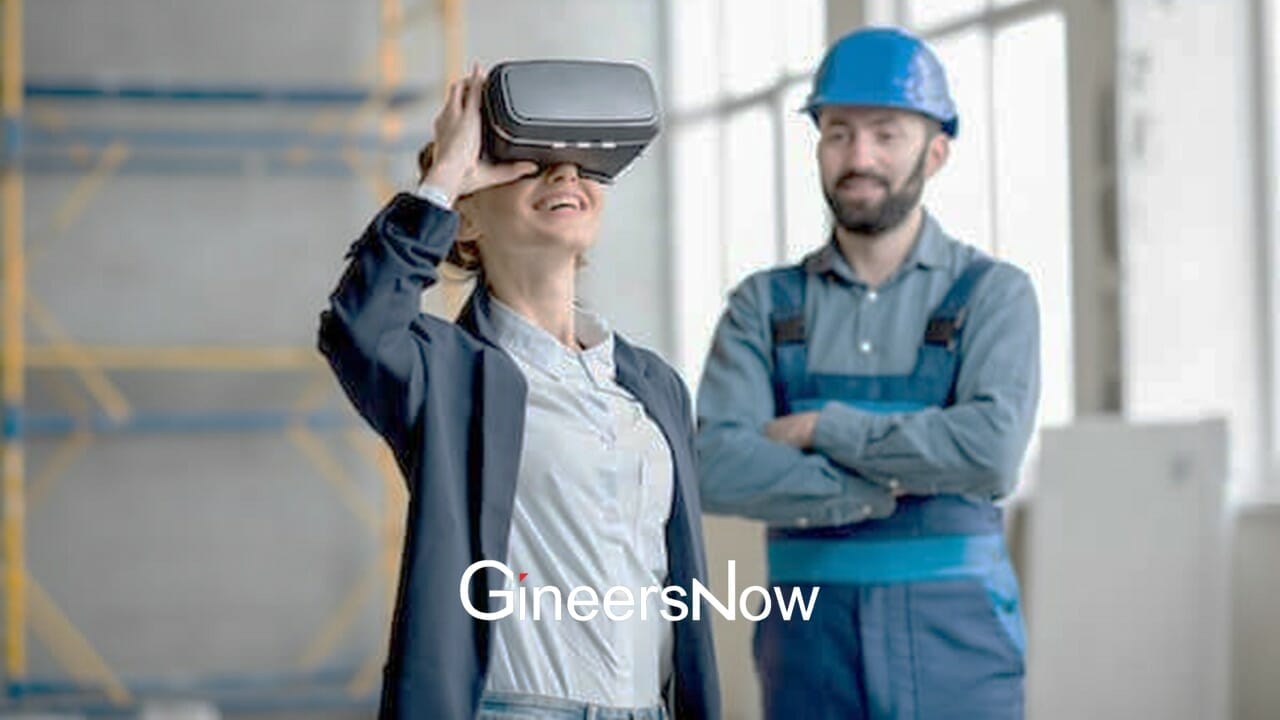For any work which puts safety as a prime importance, proper planning and preparation is a must. It is a task which involves a systematic approach to be amplified to the people in the workplace. The primary purpose of such is to minimize the risk of accidents and to forward the overall welfare of the workers.
One best example is dealing with Mobile Elevating Work Platforms or MEWPs, especially in construction sites. To be able to work safely at height, there should be an orientation right from the start, and that cannot be done without proper planning and preparation.
Some would argue that every workplace has risks and things happen if they are supposed to happen. While the chances of risks are higher in the construction site given the nature of work, accidents could still be prevented, or if not, reduced.
Wim van Meer, Group SHEQ Manager for Riwal, and Robert Cavaleri, the Regional Safety, Training and Compliance Manager for Manlift, believe that proper planning and preparation with regards to workplace safety involves five key steps. Both of the leading safety experts at explain in this two-part article how the planning should be done when working with MEWPs.
Site survey and risk assessment
First and foremost, the workplace should be assessed, more so investigated, if it is safe or friendly as a work environment. This is where the site survey comes in.
A competent person typically carries out the site survey. He or she should have the appropriate training and experience to do a comprehensive risk assessment, in this case, in the construction site. All potential risks to employees, colleagues, and other contractors should be identified, later addressed.
The key steps in risk assessment include identifying the hazards, deciding who might be harmed and how that could happen, assessing the risks, taking the right precautions and making a record of the findings. Eventually, it may be required to review and update the risk assessment done, especially when there are new contractors and construction equipment in the site.
Here are the most commonly found risks in a construction site that the competent person should take note of:
- Shallow pits and holes, including those hidden by water, ice, mud anddebris
- Ledges, slopes, and rough terrain
- Pot holes, drains, man holes, trenches and other excavations
- Ground-level obstructions such as boulders, bollards and debris
- Overhead obstructions, crushing/trapping hazards, and electrical conductors
- Hazardous locations and atmospheres
- Ground or floor load-bearing capabilities
- Wind and weather conditions
- Presence of unauthorized persons
- Potential collisions with other machinery
In the case of working at height like in MEWPs, the most frequent incident is becoming stuck in the air while the machine is elevated.
Part of the risk assessment is to find a solution to this, and that is to have an emergency and rescue plan. This includes having people on the ground, working nearby, who are trained in using the ground controls and the emergency lowering system. Moreover, an anti-entrapment should also be part of that plan considering that overhead obstacles could get the workers stuck.
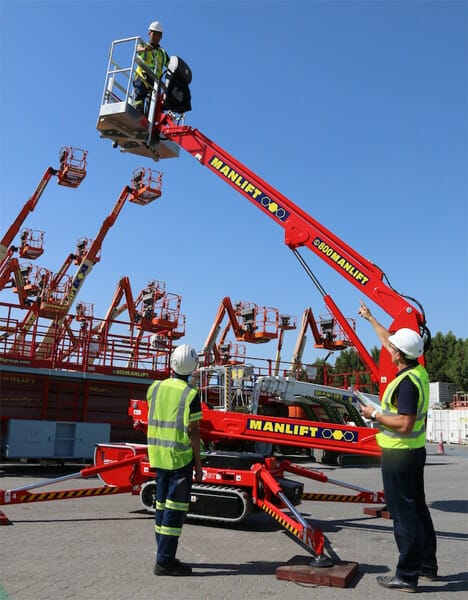
Selecting the Correct MEWP
Once done with the site survey and risk assessment, the next step is to choose which MEWP suits best for the construction work. This step often comes with ease since the first step already enables an easy selection of the most appropriate MEWP for safe and efficient working at height.
The following are questions that should be asked while in step two:
- What is the intended task?
- Will the platform be working indoors, outdoors, or both?
- What platform capacity and size does the work require?
- How many occupants will be in the basket or platform?
- What working height and outreach is required?
- What are the ground or floor surface conditions?
- Do the operators have the right training and qualifications?
- Are there any obstacles on the ground and at height?
- What are the MEWP maintenance requirements?
- Are noise pollution or exhaust emissions an issue?
More often than not, the optimum aerial lifts are the preferred choice because of their benefits. For one, it ensures the safety of the operator, the occupant, and other workers on the site. It is also the most efficient in task completion, hence reducing the work stress of the operator. Additionally, it minimizes the likelihood of equipment damage and that of the property.
Steps three to five of the proper planning and preparation when working at height – pre-use inspections, PPE selection, and last-minute checks – will be discussed in another article.


